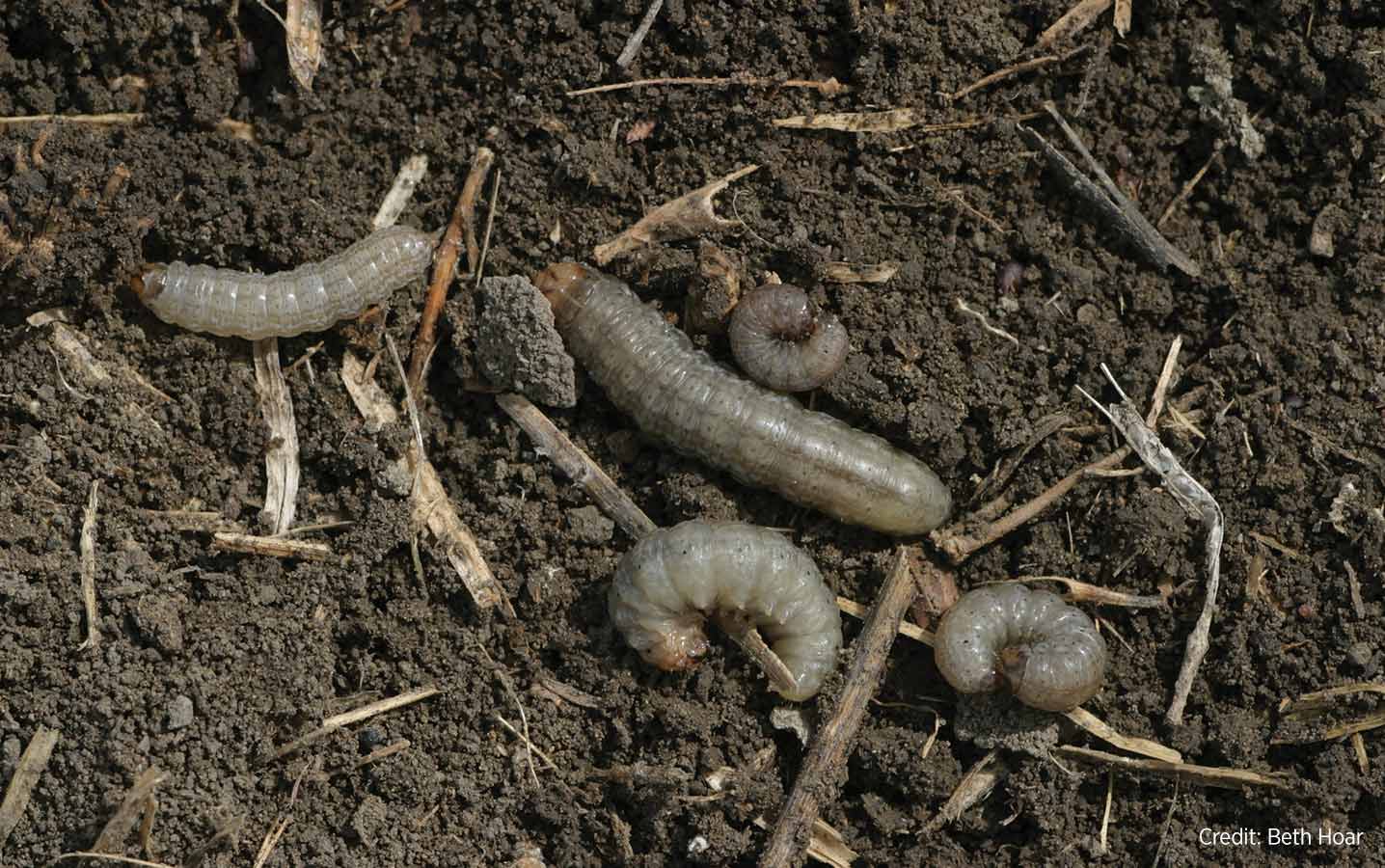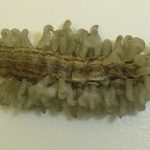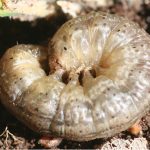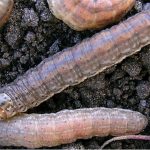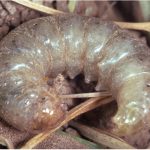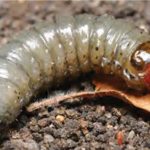Identifying and controlling cutworms
Key result: A pest complex of economically significant cutworm species can be found on the Prairies, and outbreaks seem to be occurring with greater frequency. This study has resulted in a DNA protocol for quick, accurate identification of cutworm species; identification of natural enemies and evaluation of their ability to develop on different cutworm species; assessment of the effects of seed cultivar, seed treatment and fertilizer regime on cutworm development; and the production of a cutworm identification guide.
Project title, Principal Investigator: “Detection, identification and control strategies for management of cutworms (Noctuidae) on the Prairie provinces,” Kevin Floate, AAFC Lethbridge
Funding: Alberta Canola, SaskCanola, MCGA
During cutworm outbreaks, accurate and rapid identification is required to maximize control methods. As some species of cutworm feed below ground and other species are nocturnal foliage feeders, the decision if and when to apply contact insecticides is determined by the type of cutworm to be controlled. Molecular methods allow for accurate species identification of the cutworm at any stage of development.
To accelerate species identification, Dr. Martin Erlandson (AAFC Saskatoon), a collaborator on the project, developed a multiplex polymerase chain reaction (PCR) tool to detect and identify five key cutworm species: the redbacked cutworm (Euxoa ochrogaster), army cutworm (Euxoa auxilaris), pale western cutworm (Agrotis orthogonia), dingy cutworm (Feltia jaculifera) and bristly cutworm (Lacinipolia renigera).
Each of these species has unique genetic markers and the PCR method uses the length of these markers to provide species identification within one or two days. This is a significant reduction from the week or more that the process of genetic sequencing requires, during which time the crop would continue to be damaged by cutworm feeding. Results of this study confirm the accuracy of the PCR method with only a low level of error.
Natural enemies
Parasitoids can provide a natural reduction in the severity and duration of cutworm outbreaks. Cutworm larvae were collected throughout Alberta in 2012, 2013 and 2014. Parasitoids reared from these larvae included at least three species of flies and 13 species of wasps. For the three years of this study, parasitism averaged about 20 per cent but was sometimes much higher, based on year and collection site.
During this study, a European species of parasitic wasp (Cotesia vanessae) was discovered in North America for the first time. In laboratory tests, this wasp proved able to develop on 34 (of 47 tested) species of caterpillars, including many of the cutworm species that affect Canadian crops. C. vanessae could be distributed to regions where it does not already occur to increase parasitism and delay or reduce the severity of future cutworm outbreaks.
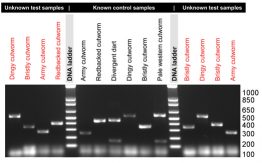
Fertilizer use and plant health
Experiments focused on cutworm biology showed that fertilizer use was associated with increased oviposition by bertha armyworm on canola and also increased larval development time and weight. Larval development of both redbacked and pale western cutworms was quicker on fertilized versus non-fertilized plants, regardless of the host crop.
Bertha armyworm moths also laid more eggs on plants grown with increasingly higher levels of fertilizer. This was assessed using a Clearfield hybrid, a Roundup Ready hybrid and a Q2 variety with fertilizer treatments of zero, 1.0, 3.0 and 5.0 g/L. The Q2 variety, however, had an increased number of eggs with fertilizer treatment only until the 3 g/L treatment, after which egg number decreased.
Published results
The North American discovery of Cotesia vanessae was published in 2014 in the scientific journal The Canadian Entomologist*.
Floate, working in collaboration with Erl Svendsen (AAFC Saskatoon), is in the final stages of completing the 100-page Cutworm Pests of Crops on the Canadian Prairie: Identification and Management Field Guide. This richly-illustrated guide specifically targets farmers and producer groups to provide information on the identification and control of 20 cutworm pest species.
Additional information arising from this project has been presented through field tours, meetings, workshops, interviews and in a series of weekly web documents through the Prairie Pest Monitoring Network.
*Hervet, V.A., H. Murillo, J.L. Fernández-Triana, M.R. Shaw, R.A. Laird and K.D. Floate. 2014. First report of Cotesia vanessae (Hymenoptera: Braconidae) in North America. The Canadian Entomologist 146(5):560-566. doi: 10.4039/tce.2014.9





